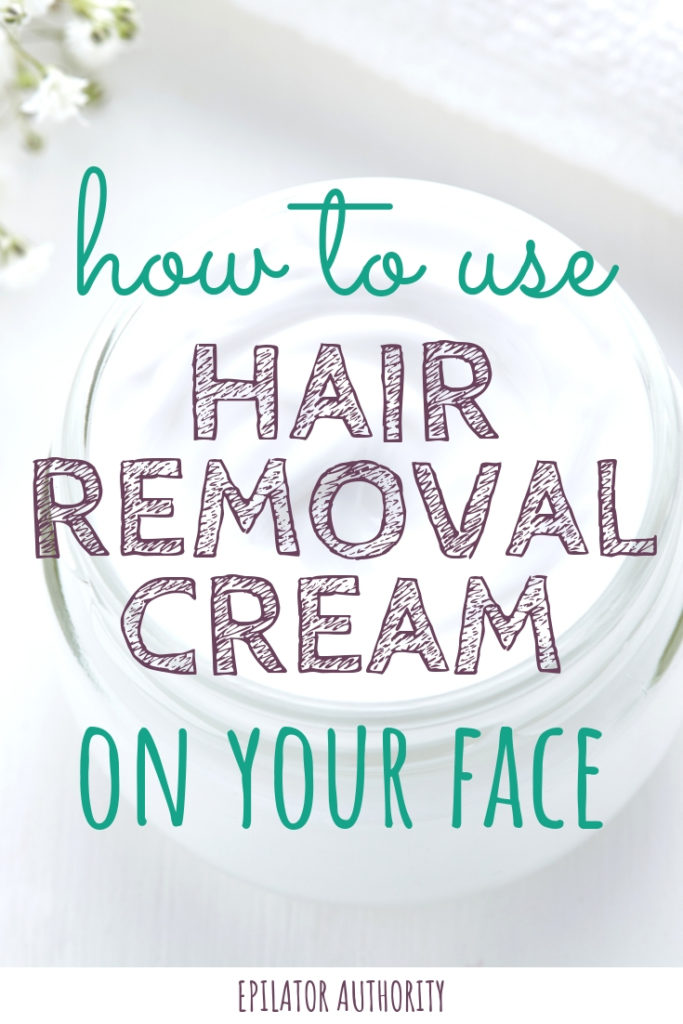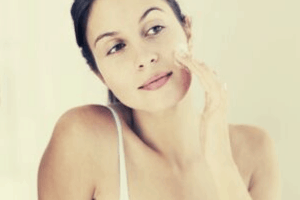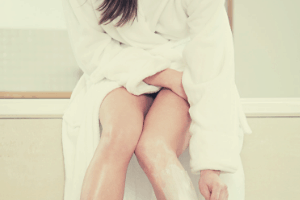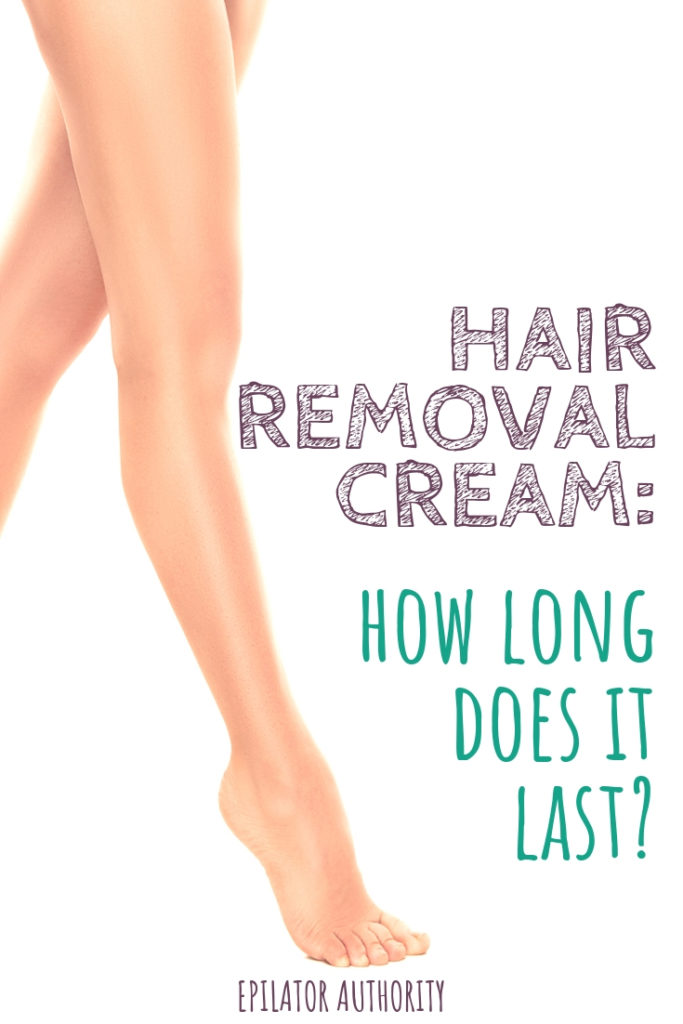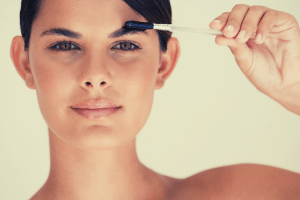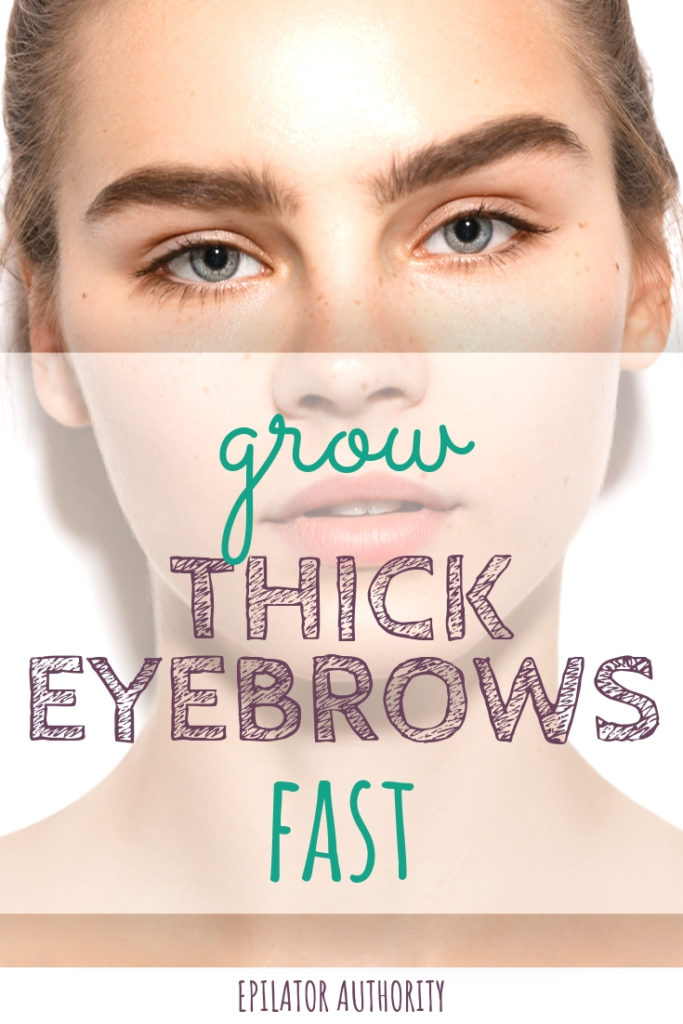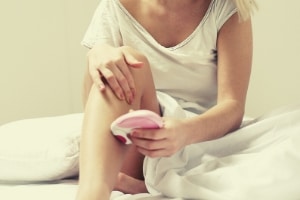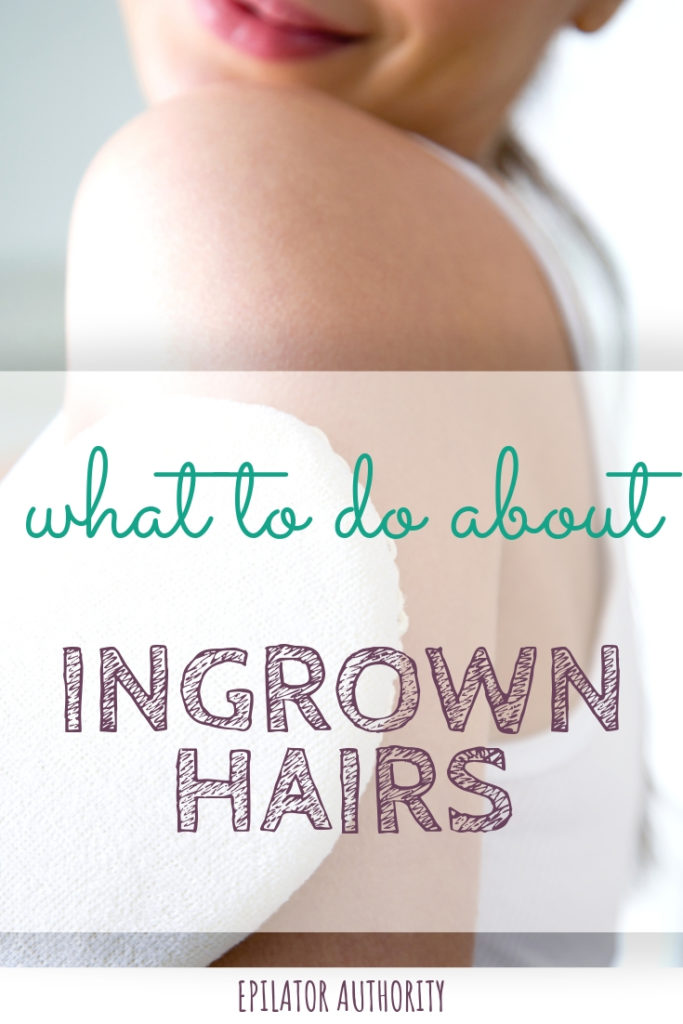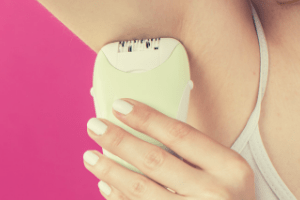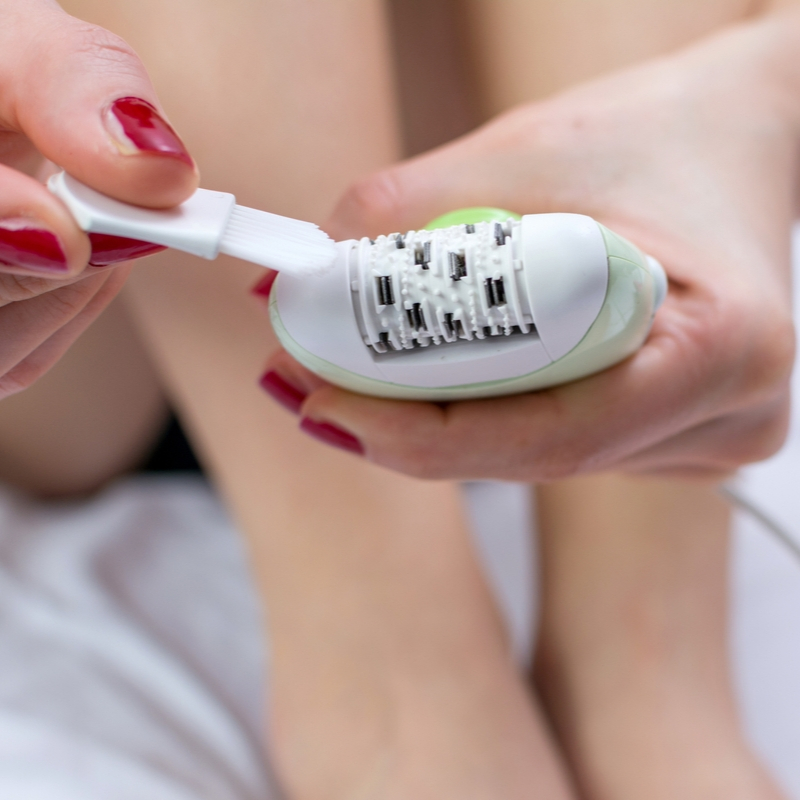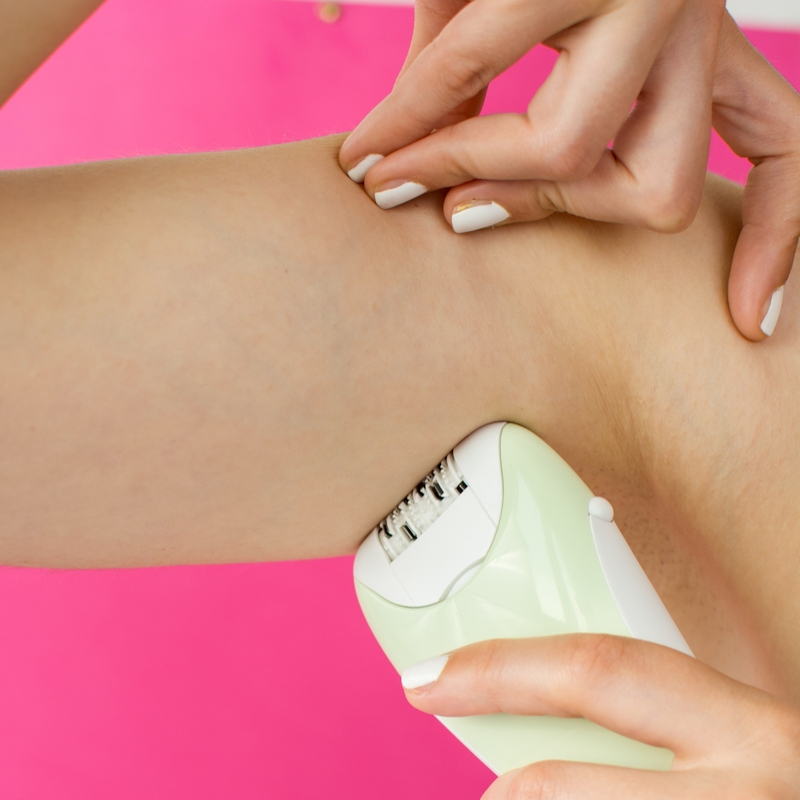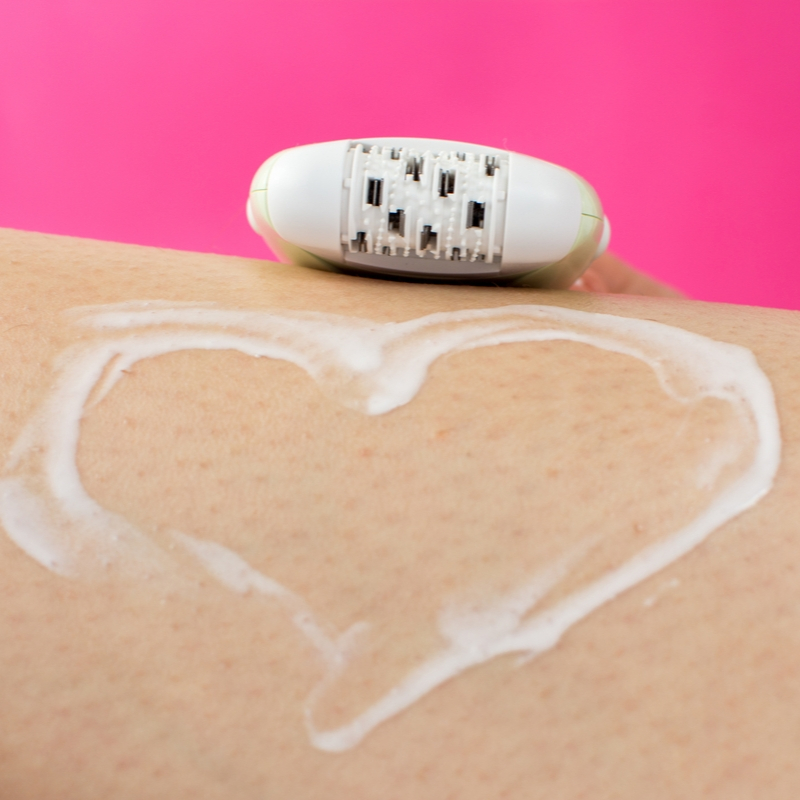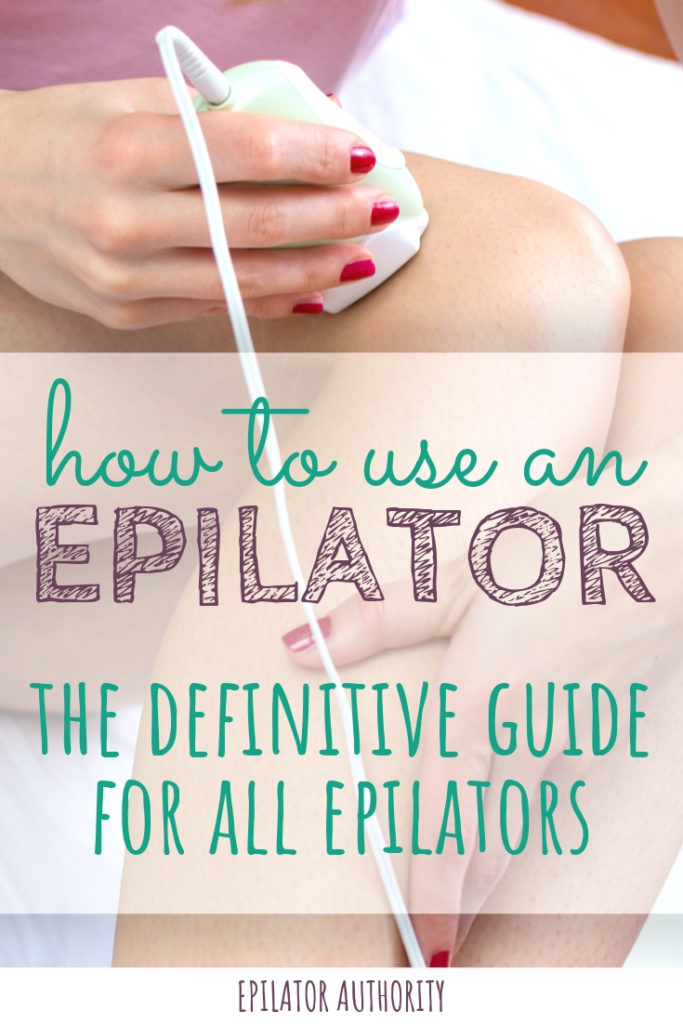I’ve tried nearly every hair removal method in the world by now and this has included Nair hair removal cream. It has served me well at various stages of life, which I’ve talked about in the past. This has lead to many reader questions about using Nair on the face.
So can you use Nair on your face? Nair hair removal cream can be used on the face. It’s best to only use it on the chin, upper lip, and cheeks. Avoid the eyes and mouth. And make sure that you are using a product designed for the face, such as Nair Face Cream.
So you can use Nair on the face. But Nair isn’t right for everybody. Read on to learn the pros and cons of using Nair on your face.
Pro #1: Super Soft and Smooth Skin
Depilatory creams like Nair dissolve hairs both above the skin and below it, close to the root. So unlike with shaving, they tend to grow back thinner, with softer tips, and you don’t get that sharp kind of stubble that shaving causes.
Nair also has added ingredients that tend to soften the skin, leaving a super smooth dewy soft appearance. It’s a great canvas for applying make up.
Con #1: Potential Burns and Discoloration
The chemicals in Nair can easily burn your skin if you are not super careful. This sucks on most body parts, but is even worse on the face. Not only does it hurt like a mofo, but it can leave embarassing scabs and scars.
Also, irritation or burns from Nair can cause temporary or even permanent discoloration. This is most common for people with darker skin.
To understand all the risks, read Hair Removal Cream Side Effects.
Pro #2: Super Cheap
For a facial hair removal method, Nair is about as cheap as it gets. You can buy a bottle of Nair Face Cream on Amazon for under $10 (and even cheaper if you buy in bulk). One bottle will last you months and it never expires.
Compare this to salon waxing or threading and you are saving tons.
Con #2: Waiting 24 Hours
After using Nair on your face, you need to wait 24 hours to apply any products that contain perfume or your skin may become irritated. Some people need to avoid all products for up to 24 hours, including lotions and make-up.
In addition, you should avoid the sun for 24 hours after using Nair. If you have to go out for a short while, you can probably hack it by covering up with a hat or use an umbrella or something else to keep the sun off your face. But definitely avoid a day at the beach.
Pro #3: Pain-Free
Unlike many other methods that remove hair by the roots, Nair doesn’t hurt. Because it’s not ripping those hair out, it’s just dissolving them. If you are super sensitive to hair removal methods like waxing, this may make Nair more appealing to you.
Con #3: Not the Longest-Lasting Method
Although it hurts less, hair won’t be gone as long as with other methods that remove hair from the root, like waxing, sugaring, and epilation. Instead, you’ll probably see hairs coming back within a week.
Can You Use Nair on Eyebrows?
Nair recommends that you do not use their creams around the eyes or eyebrows. We are talking about serious chemicals that you do not want to accidentally get into your eyes.
Some women do use it to shape the top of their eyebrows or to remove hair from between the eyebrows (the unibrow). I would advise against doing this. However, if you are going to use it around eyebrows, those are the safest areas.
You should totally not put it under your eyebrows. The skin there is usually too thin to handle the harsh chemicals in Nair.
Plus, it’s really close to your eyes and eye lashes. Imagine how you’d look after dissolving half of your eyelashes off accidentally with the chemicals in Nair before you try this.
How to Apply Nair for Face Hair Removal Cream
1) Do a Patch Test. Apply a tiny amount of Nair to a small part of the area where you plan to use it. Follow the rest of the directions here and see how it works. Then wait 24 hours. If you don’t end up with any irritation, burns, discoloration, or other side effects, continue on with the rest of the area.
2) Cleanse your skin with water and towel or a gentle cleanser.
3) Carefully cover the hair with a thick, even layer of Nair, making sure that you do not rub it in.
4) Set a timer for 3 minutes. Wait patiently. Put lid back on your container.
5) After 3 minutes, wipe a tiny part of the cream off with a cloth and see if the hair wipes off with it. If so, wipe the rest of the cream off. If not, wait another 1-2 minutes and try again.
6) Depending on the product you have bought, you will need to have all the cream rinsed off within a total of 5 to 10 minutes. Check your product instructions to make sure which one you have! Some creams are stronger than others and must be removed within 5 minutes. Leaving Nair on for longer may result in burns.
7) Rinse your face thoroughly with lukewarm water. Use a soft cloth if necessary to get all residue off, but do not rub skin aggressively. Do not use any soap or other products on your face after using Nair.
8) Pat the face dry with a soft towel.
Tips for Using Nair on Face
- Make sure you are using a Nair product designed for the face. In the US, you should be looking for Nair Face Cream. In the UK and other countries, they have different names. But basically, just read the label and make sure it’s for the face.
- Using Nair incorrectly can result in irritation, burns, and discoloration, so heed carefully.
- Don’t go in sun for 24 hours. If you must go, wear a hat, scarf, umbrella, etc to avoid facial discoloration.
- After using Nair, wait 24 hours before you apply perfumed products or other products with harsh chemicals on the same area.
- Avoid contact with eyes. If you get in your eyes, rinse with water immediately and call poison control or your doctor.
- If you accidently ingest Nair, you should also call poison control
- You shouldn’t use Nair on skin that is damaged, broken, cut, or inflamed.
- If you feel any burning or stinging, remove the product imeedgately
What’s the Worst that Can Happen?
There is no shortage of horror stories on the web related to using Nair on the face. I’ve read tons of these and what I’ve found is that almost all of them could have been avoided if they had followed the directions I have listed above.
Pretty much no one does a patch test. Which I totally get. It’s a pain and we all want instant gratification. But we are talking about your face, here, so please don’t take any short cuts!
The second biggest mistake I see is that people are leaving Nair on too long. Never ever ever leave it on longer than recommended. Start checking after three minutes to see if hairs are dissolved and remove it as soon as possible.
To see what can happen if you don’t heed this advice, here’s an example in this video:
What’s the Best that Can Happen?
If you use Nair carefully and follow all the precautions I have talked about, you will prevent any major mishaps with Nair. If your skin continues to respond positively to patch tests and using Nair, you can expect super soft and smooth skin on a super tiny hair removal budget.
Here is an example of a woman who has used Nair successfully to look and feel more beautiful. Skip ahead to 2 minutes in to hear her thoughts on about Nair on the face:
What I Use to Remove Facial Hair
I used to successfully use Nair to remove body and facial hair, but I have always had lots of autoimmune issues and super sensitive skin. I began to experience mild irritation and a few burns, so decided to quit before I became more sensitive to it.
Since then, I’ve tried many other methods of hair removal for facial hair. I finally settled on plucking my eyebrows and using an epilator on my upper lip. I still have hairs on my cheeks, but they are light colored and since I don’t wear make up, they don’t really bother me.
I love using an epilator because it is even faster and cheaper than Nair. The only drawback for me has been ingrown hairs, but exfoliation tends to prevent them.
If you’re more interested on my thoughts about epilaton and facial hair, I wrote a blog post about that here.
Want to remember this? Pin this to your favorite Pinterest board so you can find it later!
